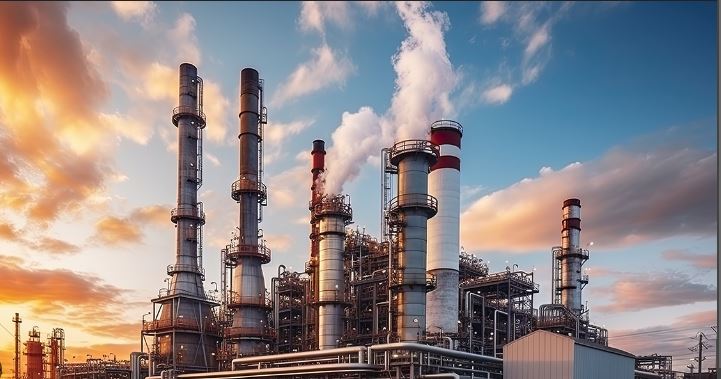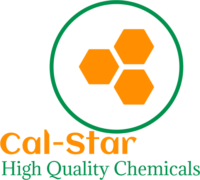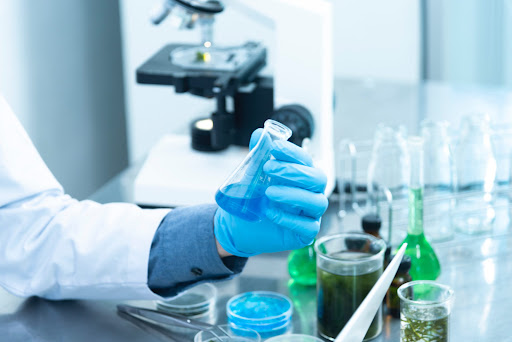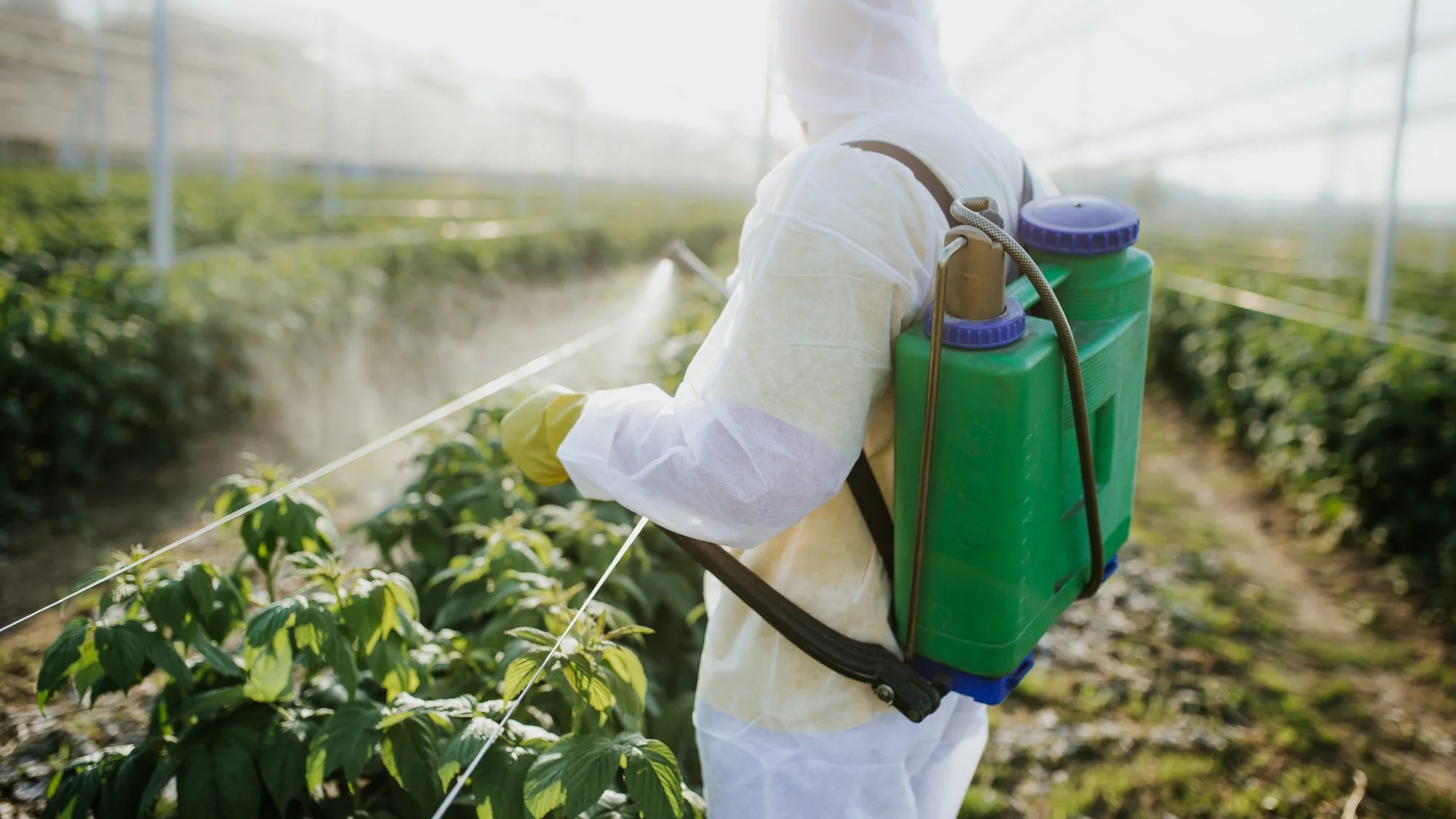Dioxins refer to a group of chemically-related compounds that are persistent environmental pollutants. They are highly toxic and consist mainly of polychlorinated dibenzo-p-dioxins (PCDDs) and polychlorinated dibenzofurans (PCDFs). These compounds result from various industrial processes, including the production of pesticides and paper, and are also formed during the incineration of organic materials. Due to their stability and ability to accumulate in fatty tissues, dioxins pose severe health and environmental risks. Look at the dangerous properties of dioxins.

Dangerous Properties of Dioxins and Their Environmental Impact
Health Risks Associated with Dioxins
Exposure to dioxins poses significant health risks due to their highly toxic nature. These compounds are classified as carcinogens and are known to cause cancer in humans. Additionally, dioxins can disrupt endocrine and immune systems, leading to reproductive and developmental problems. Long-term exposure, even at low levels, can result in chronic health issues, including liver damage, skin lesions such as chloracne, and immune system suppression. The risk is particularly high for individuals living near industrial sites or areas where dioxins are known to be present.
Environmental Impact of Dioxins
Dioxins have a profound impact on the environment due to their persistence and ability to travel long distances through air and water. These compounds can deposit onto soil and water bodies, leading to contamination of crops and aquatic life. As dioxins accumulate in the food chain, they affect wildlife and can lead to the bioaccumulation of toxins in species higher up the food chain, including humans. The environmental persistence of dioxins means that contaminated sites can remain hazardous for decades, requiring extensive and costly cleanup efforts.
Sources of Dioxin Contamination
Dioxins are released into the environment from both natural and anthropogenic sources. Industrial processes, such as the production of chemicals and waste incineration, are major contributors to dioxin emissions. Agricultural activities, including the use of certain herbicides and pesticides, can also result in dioxin contamination. Moreover, dioxins can enter the environment through the burning of fossil fuels and the improper disposal of industrial and household waste. Understanding these sources is crucial for developing effective strategies to reduce dioxin emissions and minimize environmental impact.
Detection and Monitoring of Dioxins
Detecting and monitoring dioxins involves specialized techniques due to their low concentration and high toxicity. Environmental monitoring programs use methods such as high-resolution gas chromatography-mass spectrometry (HRGC-MS) to identify and quantify dioxin levels in soil, water, and biological samples. Regular monitoring helps in assessing contamination levels and guiding remediation efforts. It is essential for tracking the spread of dioxins and evaluating the effectiveness of regulatory measures aimed at controlling emissions.
Regulatory Measures and Remediation
Regulatory measures to control dioxin emissions include stringent guidelines and standards set by environmental agencies. These regulations govern industrial processes, waste management practices, and the use of chemicals to reduce dioxin release. In cases of contamination, remediation strategies involve soil excavation, treatment of contaminated water, and cleanup of affected sites. Effective implementation of these measures is crucial for minimizing dioxin exposure and mitigating their harmful effects on both human health and the environment.
Public Health and Safety Measures
Public health initiatives focus on educating communities about dioxin risks and promoting preventive measures. Health advisories provide guidance on minimizing exposure, particularly for vulnerable populations such as children and pregnant women. Ensuring safe food practices, such as properly cooking and washing fruits and vegetables, helps reduce the risk of dioxin ingestion. Additionally, public health campaigns and research efforts aim to raise awareness and support policies for reducing dioxin emissions and contamination.
Advancements in Dioxin Research
Ongoing research into dioxins seeks to understand their mechanisms of toxicity, improve detection methods, and develop safer industrial practices. Scientists are exploring alternative technologies and processes to reduce dioxin formation and release. Innovations in waste management and cleaner production techniques contribute to minimizing environmental impact and protecting public health. Continued research and technological advancements play a critical role in addressing the challenges posed by dioxins.
Conclusion
Dioxins represent a significant environmental and health challenge due to their dangerous properties and persistent nature. Effective management requires understanding their sources, implementing stringent regulations, and promoting public awareness. Advances in research and technology continue to enhance our ability to detect, monitor, and mitigate the effects of dioxins, ultimately aiming to safeguard both environmental and human health.




